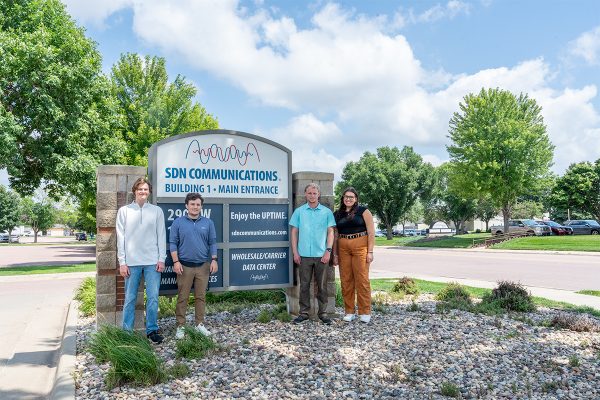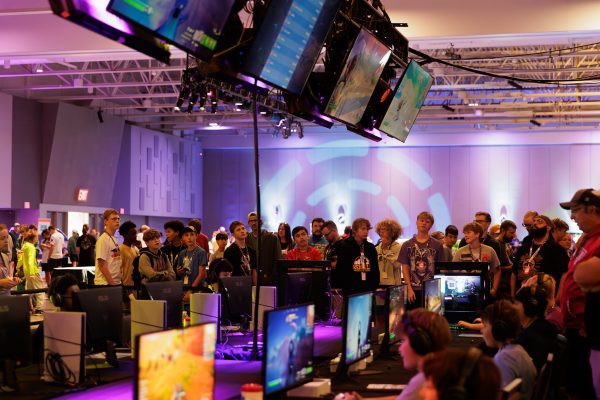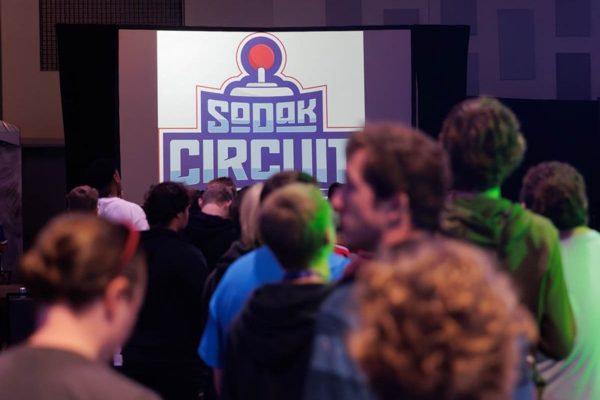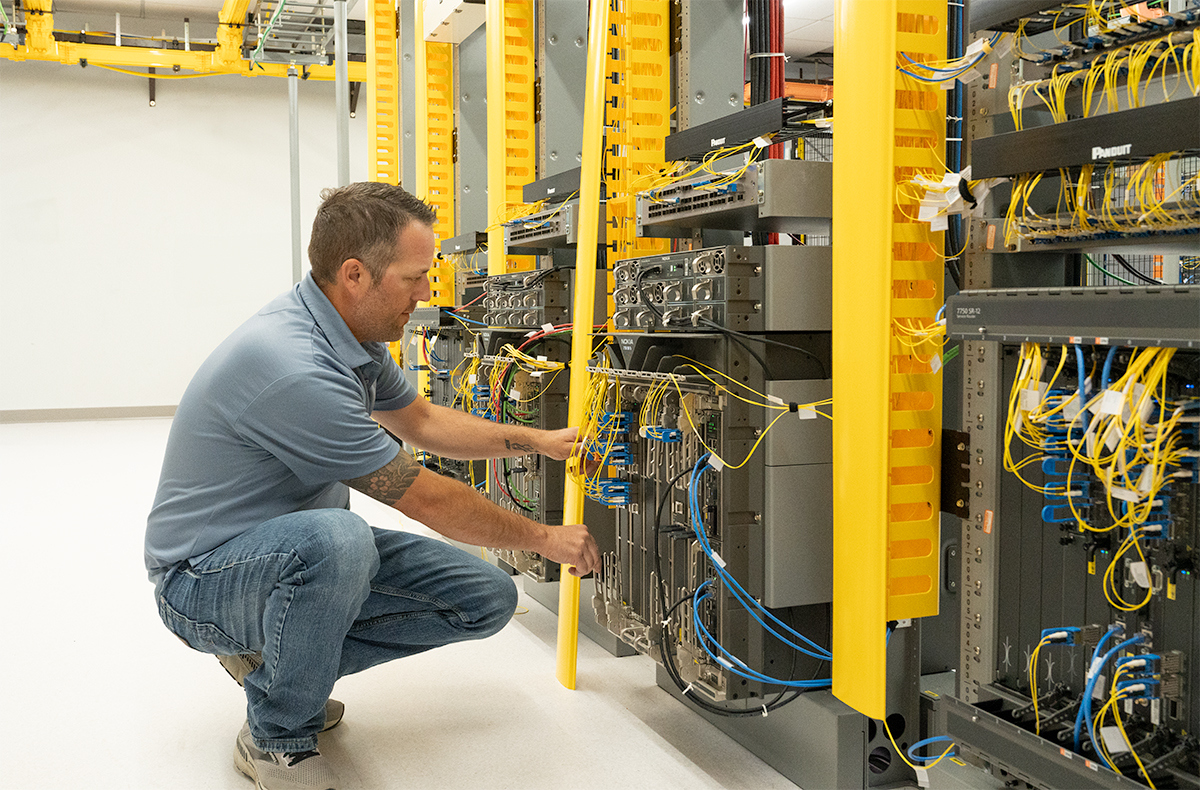
Like any good team, SDN Communications puts in plenty of training time. But rather than a field or a court, our team trains in a state-of-the-art training lab.
“It’s a mini network in a lab environment,” says SDN Network Engineer Riley Haag. “We have literally every piece of equipment we would install in the field or have on a customer’s network in the lab.” Yet in the lab, none of the equipment is live, making it safe to test new software, code and equipment without the risk of impacting services.
“For instance, if we had a customer who wanted a specific service, we can configure it in the lab environment before we roll it out,” he says. By working out bugs or issues beforehand, our team can ensure that customers receive the very best services without any interruptions.
Haag recalls one situation when a vendor offered a new version of software. The SDN team took it into the lab before rolling it out to business internet customers. In the lab, they discovered an issue with memory and the router. “If we hadn’t had the opportunity to test this out, it would have caused big issues.”
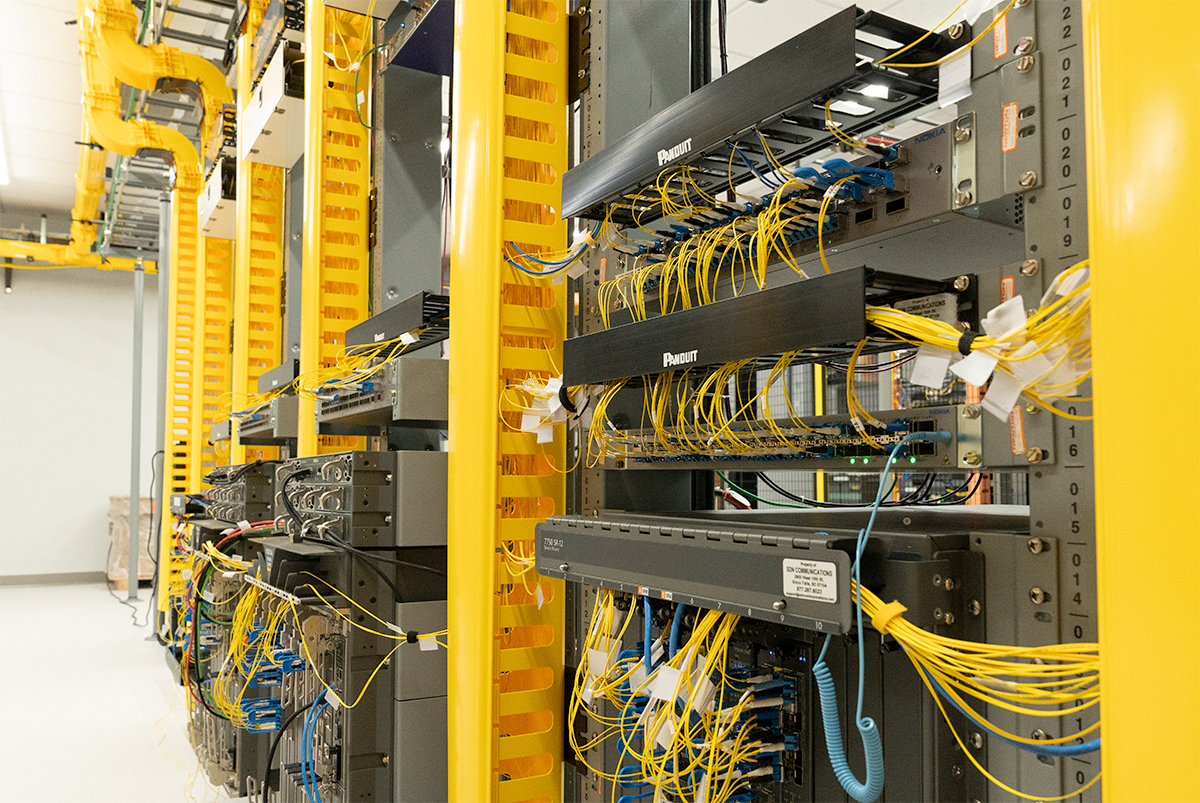
Haag said they shared the issue with the vendor, who made the fixes before it was rolled out to customers.
The lab also allows SDN to troubleshoot issues that customers are having, solving them in the lab before moving into the real world.
“Banks can’t shut down. Hospitals can’t shut down while we work out their issues,” says Ryan Jackovich, a Data Network Technician. “If we can build the same network in our lab, we can troubleshoot the problem.”
Once the issue is solved in the lab environment, it can be rolled into the customer’s real-world environment and deployed with confidence that it won’t cause issues.
In addition to the physical training lab, the SDN team also utilizes Virtual Network Emulation System, a virtual environment that staff can use to build any type of emulated network for testing and training purposes.
“For instance, we can create the entire SDN MPLS backbone network in the virtual environment to test/train with. This environment allows us a bigger footprint than our physical lab environment,” says Haag. “The lab is physical equipment so we cannot do a full scale of the current network for obvious reasons. The Virtual Network Emulation System allows us to make a virtual network as large as we need. It also allows each user to create their own network for testing/training, which will not disrupt others.”

Both the physical training lab and the Virtual Network Emulation System are also beneficial to new employees as they learn the ropes of the business. “You can break anything in the training, and it’s not going to affect anyone’s service,” Haag said. “When I started in Network Operations, we were highly encouraged to use the lab. To go in there and play around. It’s there to be broken, essentially.”
Jackovich says having the lab is a huge benefit for new employees who are training. But it’s also great for current employees who want to keep learning.
“I utilize it fairly often. If you’re proactive and you want to learn … and that’s kind of how I am .. you can use it to continue improving your skills.”
And just like any team, improving is always the goal.
“It’s really nice to have a physical lab like this,” says Jackovich. “And there’s so many different ways we can utilize it. With the ultimate goal of providing the best service to our customers.”


